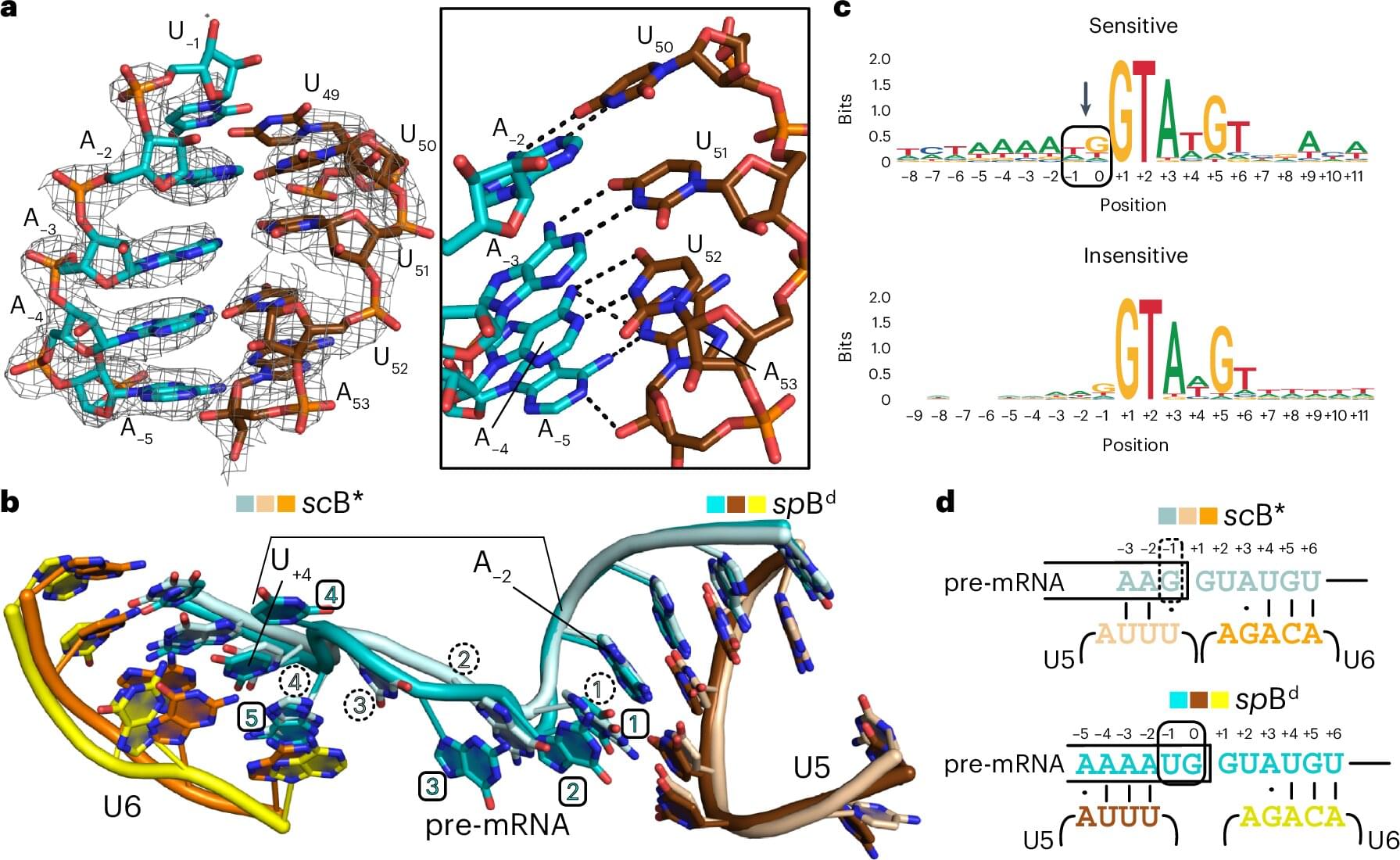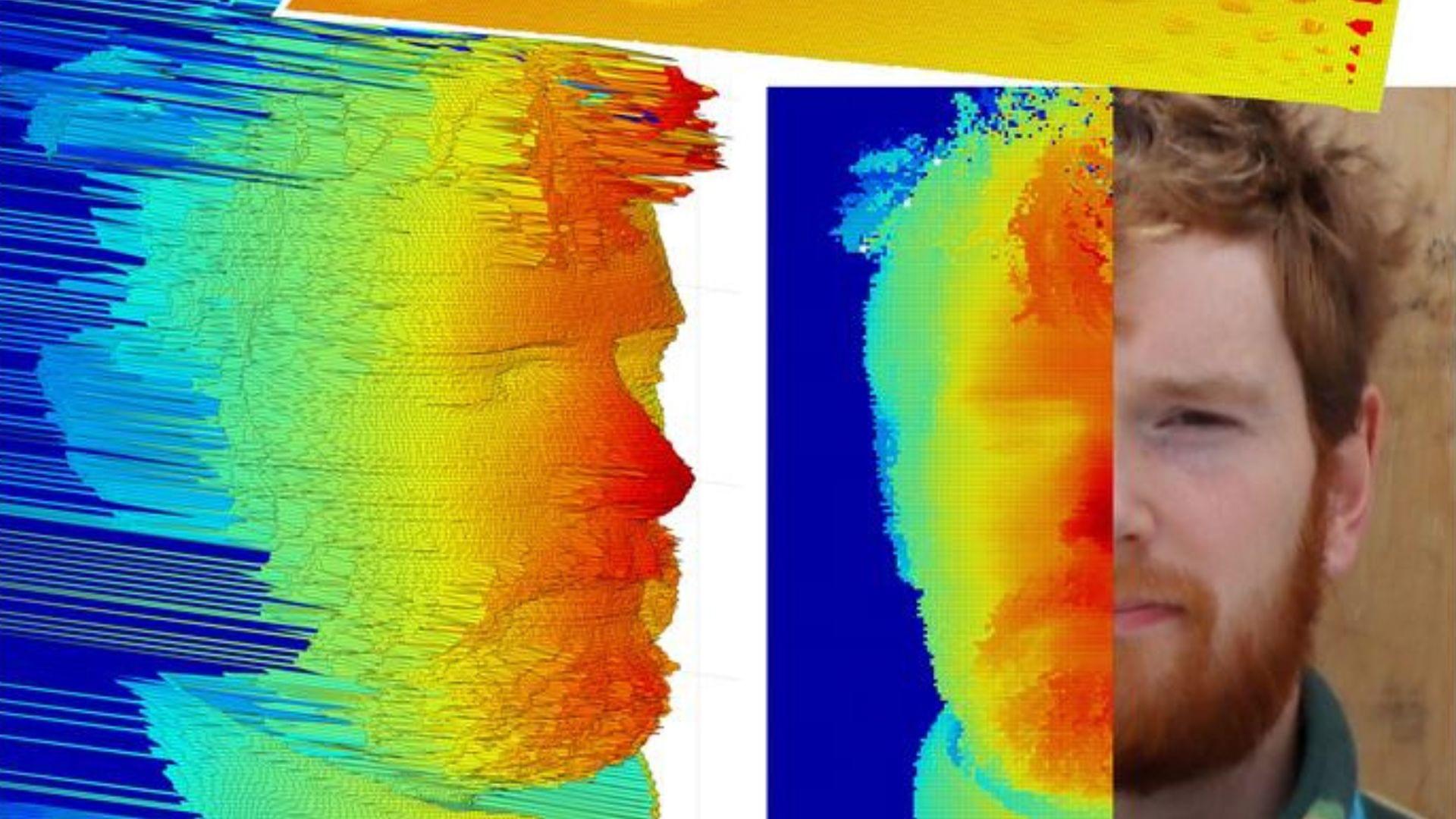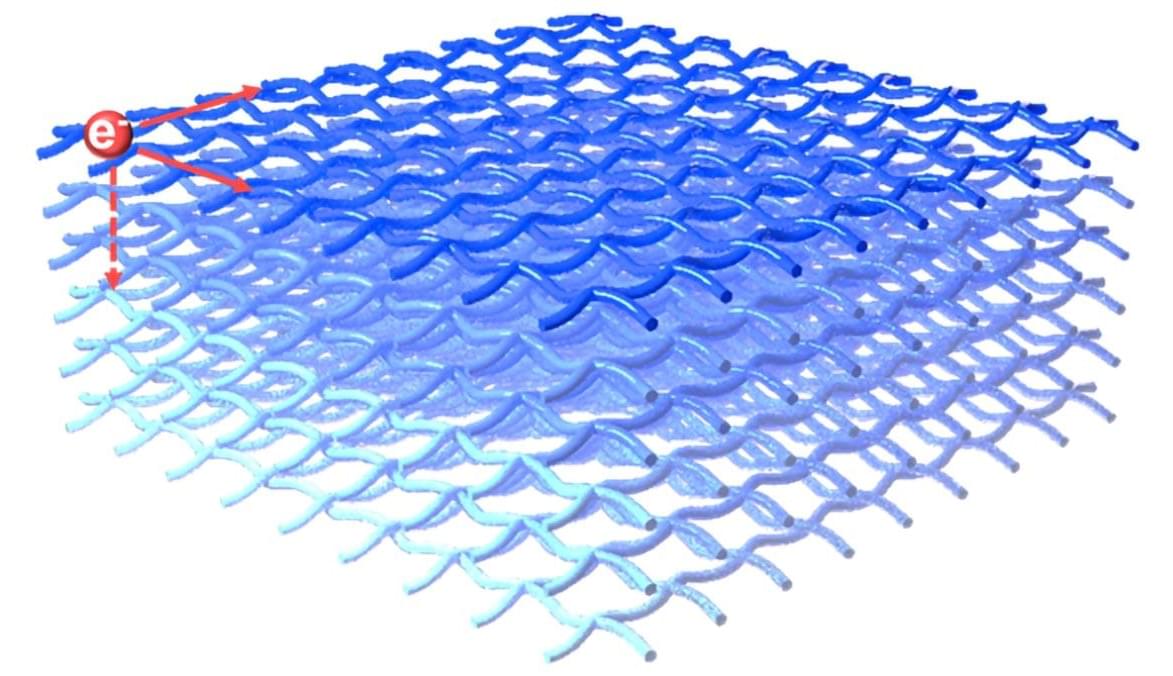A complex molecular machine, the spliceosome, ensures that the genetic information from the genome, after being transcribed into mRNA precursors, is correctly assembled into mature mRNA. Splicing is a basic requirement for producing proteins that fulfill an organism’s vital functions. Faulty functioning of a spliceosome can lead to a variety of serious diseases.
Researchers at the Heidelberg University Biochemistry Center (BZH) have succeeded for the first time in depicting a faulty “blocked” spliceosome at high resolution and reconstructing how it is recognized and eliminated in the cell. The research was published in Nature Structural & Molecular Biology.
The genetic information of all living organisms is contained in DNA, with the majority of genes in higher organisms being structured in a mosaic-like manner. So the cells are able to “read” the instructions for building proteins stored in these genetic mosaic particles, they are first copied into precursors of mRNA, or messenger RNA. The spliceosome then converts them into mature, functional mRNA.









